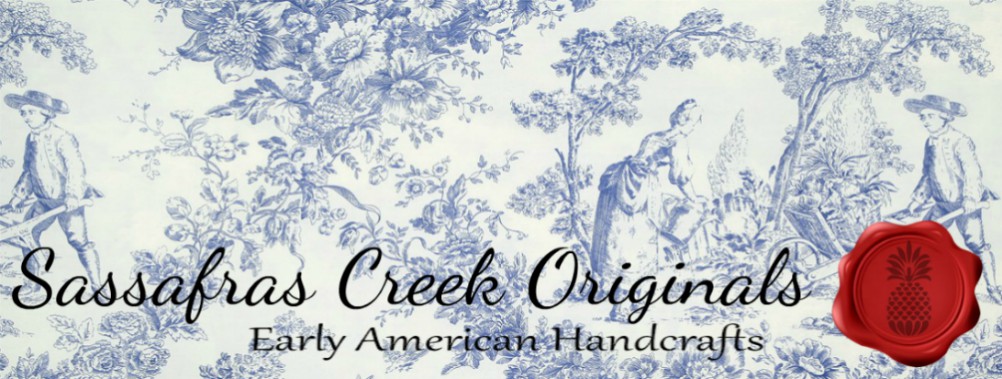“A place for everything and everything in its place”
If you lived in earlier times in America, closets were a rarity. If you think the IRS is a pain now, early Americans were taxed on closets! Anything with a door in a wall was considered a room, rooms were taxed as part of the house. No wonder folks had so many cupboards, chests, boxes, etc. Clothes were stored in a linen press, blankets and quilts in a blanket chest, sugar in a sugar chest (with a lock!), pies in a pie safe- you get the picture!
Back in 1784 a baby girl was born in Jaffrey, New Hampshire. Her name was Hannah Davis and she didn’t have a very easy life. By the age of 34, she was unmarried and both parents were passed away. Who would support her? She quickly realized she would have to depend on herself. Possessing that wonderful trait called “yankee ingenuity” she started making wonderful boxes from strips of green pine wood. She even invented a foot powered slicing machine to cut the strips of wood faster. She used wallpaper scraps for the outside and lined the inside with newspaper gathered from neighbors and friends. With all the hats, collars, gloves and miscellaneous accessories people used, her business grew. She decided it was time to go on the road with her boxes. She loaded up a wagon with various sizes of boxes and headed to the cotton mills of Massachusetts along the Merrimack river. Young female mill workers scarfed them up, putting as one source quoted, “all their worldly goods” inside. They would make a drawstring bag for their box and carry it like a purse.
My rendition of Hannah Davis’s boxes are made in the same way, only I use heavy chipboard instead of wood. They are hand sewn and this little group is made with reproduction antique papers and lined on the inside with copies of colonial newspapers. A genuine Hannah Davis box will set you back thousands of dollars while mine are only $28.00 each! Maybe some day mine will be valuable heirlooms as well. I am proud that these boxes have earned me a position in Early American Life Magazines’ Directory of top traditional American craftsmen!

















